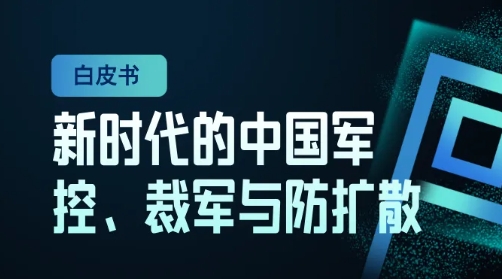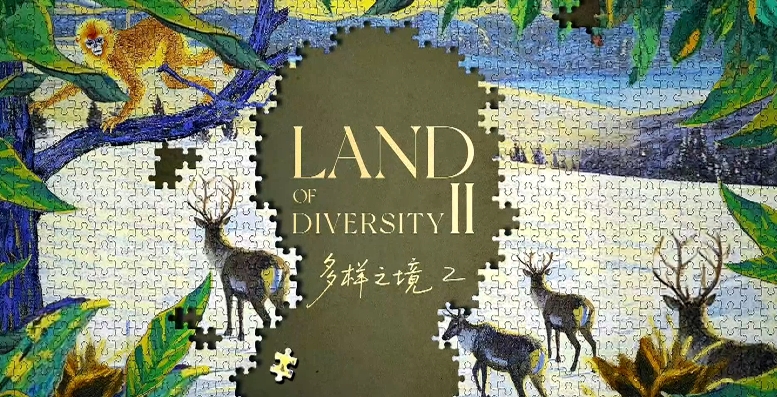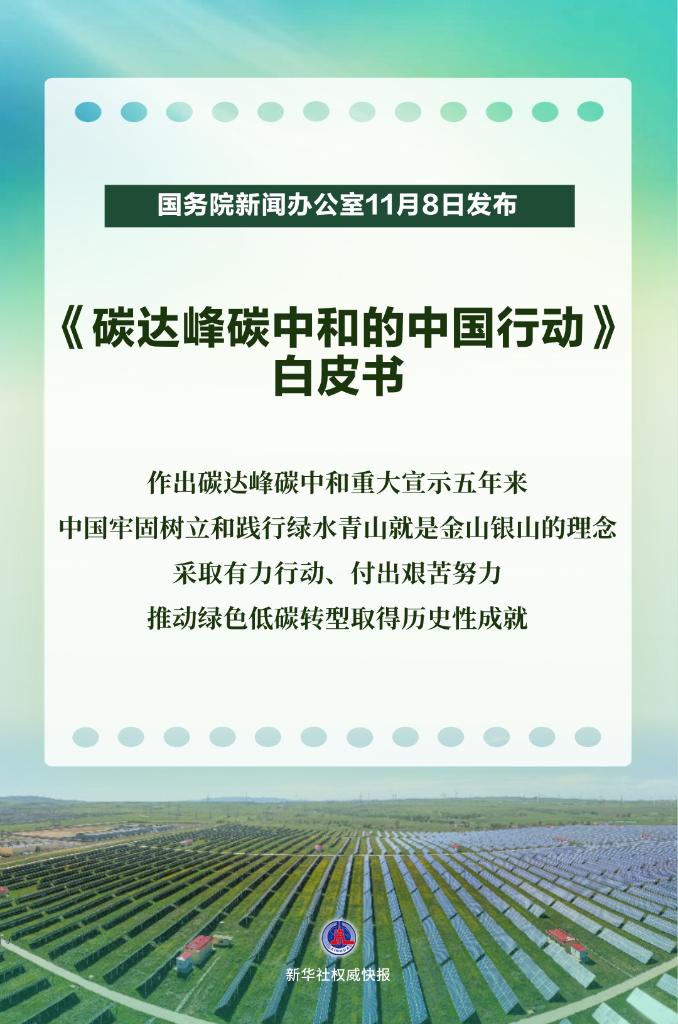CATTI-题库-真题-模拟-课程-直播
 天之聪教育
天之聪教育
 2015-07-06
2015-07-06
 天之聪网校
天之聪网校
 1141次
1141次

第一部分:英译汉
When night falls in remote parts of Africa and the Indian subcontinent, hundreds of millions of people without access to electricity turn to candles or flammable and polluting kerosene lamps for illumination.
Slowly through small loans for solar powered devices, microfinance is bringing light to these rural regions where a lack of electricity has stymied economic development, literacy rates and health. A woman sews clothes on a sewing machine driven by solar energy in Ahmedabad/ Photo credit: Amit Dave/ Reuters
“Earlier, they could not do much once the sun set. Now, the sun is used differently. They have increased their productivity, improved their health and socio-economic status,” said Pinal Shah from SEWA Bank, a micro-lending institution.
Vegetable seller Ramiben Waghri took out a loan to buy a solar lantern which she uses to light up her stall at night. The lantern costs between $66-$112, about a week’s income for Waghri.
“The vegetables look better by this light, and it’s cheaper than kerosene and doesn’t smell,” said Waghri, who estimates she makes about 300 rupees ($6) more each evening with her lantern.
“If we can use the sun to save some money, why not?”
In India, solar power projects, often funded by micro credit institutions, are helping the country reduce carbon emissions and achieve its goal to double the contribution of renewable energy to 6%, or 25,000 megawatts, within the next four years.
Off-grid applications such as solar cookers and lanterns, which can provide several hours of light at night after being charged by the sun during the day, will help cut dependence on fossil fuels and reduce the fourth biggest emitter’s carbon footprint, said Pradeep Dadhich, a senior fellow at energy research institute TERI.
“They are reaching people who otherwise have limited or no access to electricity, and depend on kerosene, diesel or firewood for their energy needs,” he said.
“The applications not only satisfy these needs, they also improve the quality of life and reduce the carbon footprint.”
SEWA or Self Employed Women’s Association, is among a growing number of microfinance institutions in India focused on providing affordable renewable energy sources to poor people, who otherwise would have had to stand for hours to buy kerosene for lamps, or trudge miles to collect firewood for cooking.
SKS Microfinance, India’s largest MFI, offers solar lamps to its 5 million customers, while Grameen Surya Bijlee (Rural Solar Electricity) Foundation helps fund lamps and home and street lighting systems for villagers in India, Nepal and Bangladesh.
天之聪网校参考译文:
每当夜幕降临之时,在非洲和印度次大陆偏远地区尚未用上电灯的数亿居民不得不利用蜡烛或者煤油灯照明。煤油灯容易引发火灾并且会造成污染。
在这些农村地区,由于长期以来没有电力供应,当地的经济发展、教育和医疗卫生事业都受到了制约。不过,通过小额信贷帮助当地居民购买太阳能设施,这些地区现在开始慢慢亮起来了。
妇女个体企业协会(SEWA)是一家提供小额信贷的机构。在该机构工作的皮纳尔﹒沙(Pinal Shah)说,“以前,人们基本上是日落而息。如今,人们对太阳能有了全新的利用方式,通过利用太阳能,人们提高了生产力,改善了健康状况,促进了当地经济社会的发展。”
拉米本﹒瓦格里(Ramiben Waghri)是一个蔬菜摊贩,她通过小额贷款买了一盏太阳能灯,到了晚上可以用来为自己的摊位照明。太阳能灯售价66至112美元,相当于她一个星期的收入。
瓦格里说,“太阳能灯可以让蔬菜更有卖相,而且,这灯本身比煤油灯更便宜,还没有气味。”她估算,使用太阳能灯后每晚她能多赚300卢比(合6美元)。
“如果利用太阳能省钱的话,何乐而不为呢?”
印度的太阳能项目往往由小额信贷机构提供资金支持,一方面有助于减少该国碳排放,另一方面也有助于帮助印度在今后四年实现将可再生能源占一次能源消费比重提高一倍至6%的目标,相当于可再生能源发电量达到25,000兆瓦。
印度能源与资源研究所(TERI)的高级研究员普拉迪普﹒达蒂奇(Pradeep Dadhich)说,“太阳能灯在白天充电后可以提供数小时照明,像太阳能灶和太阳能灯等离网应用可以帮助印度--世界第四大碳排放国--减少对化石燃料的依赖性,降低碳足迹(碳排放)。”
他说,“如果没有这些太阳能离网应用,那些生活在无电或少电地区的人们将不得不依靠煤油、柴油或柴火满足自身能源需求/有了这些太阳能离网应用,那些生活在无电或少电地区的人们将可以逐渐摆脱对煤油、柴油或柴火等能源的依赖。”
“这些应用不仅满足了人们的能源需求,还提高了人们的生活质量,减少了碳足迹(碳排放)。”
现在,印度有越来越多的小额信贷机构帮助穷人获得负担得起的可再生能源,妇女个体企业协会即是一例。有了小额信贷,穷人不再需要排队数小时去购买煤油,或者跋涉数英里去捡拾柴火。
现在,印度最大的小额信贷机构SKS小额信贷公司资助500万客户购买太阳能灯,农村太阳能电力(Grameen Surya Bijlee)基金会则为印度、尼泊尔和孟加拉村民购买太阳能灯、太阳能家用和街道用照明设施提供信贷支持。
第二部分:汉译英
互联网推进了中国经济社会发展。在经济领域,互联网加速向传统产业渗透,产业边界日益交融,新型商务模式和服务经济加速兴起,衍生了新的业态。互联网在促进经济结构调整、转变经济发展方式等方面发挥着越来越重要的作用。
互联网成为推动中国经济发展的重要引擎。包括互联网在内的信息技术与产业,对中国经济高速增长作出了重要贡献。
互联网与实体经济不断融合,利用互联网改造和提升传统产业,带动了传统产业结构调整和经济发展方式的转变。互联网发展与运用还催生了一批新兴产业,工业咨 询、软件服务、外包服务等工业服务业蓬勃兴起。信息技术在加快自主创新和节能降耗,推动减排治污等方面的作用日益凸显,互联网已经成为中国发展低碳经济的 新型战略性产业。
中国政府将大力推动电子商务类、教育类网站发展,积极推进电子政务建设,支持发展网络广播、网络电视等新兴媒体,倡导提供形式多样、内容丰富的互联网信息服务,以满足人们多样化、多层次的信息消费需求。
官方参考译文:
The Internet is helping promote the economic and social development of China. In the economic sector, the Internet has spread its influence into traditional industry, which leads to the emergence of new business models and service economy, generating new types of industries. The Internet is playing an increasingly important role in promoting economic restructuring and transforming the pattern of economic development.
The Internet has become an engine promoting the economic development of China. IT including the Internet and its industry has made significant contributions to the rapid growth of the Chinese economy.
The combination of the Internet and the real economy, the reform and enhancement of traditional industry through IT, have given an impetus to the restructuring of traditional industry and changing of the pattern of its development. The development and application of the Internet has given rise to the emergence of many new industries. Services for the development of industries such as industrial counseling, software service and outsourcing are mushrooming. The role of IT in promoting independent innovation, energy conservation, emission reduction and environmental protection has become ever more prominent. The Inter-net has emerged as a new strategic industry in China’s development of low-carbon economy.
The Chinese government will vigorously promote the development of websites featuring e-commerce and education, give impetus to the building of e-government, advocate the development of emerging media such as online radio and online television, and call for the provision of varied and rich Internet information services to satisfy the diversified, multi-leveled needs of information consumption.
天之聪网校参考译文:
The Internet has advanced/become a strong driver behind China’s socio-economic development. Economically/On the economic front, the Internet has made faster inroads into traditional sectors, blurring conventional boundaries between industries. As a result, new business models and service-oriented economy are emerging, giving rise to new industries. Basically, the Internet is becoming increasingly crucial/critical/essential to economic restructuring and growth model upgrading/transformation.
The Internet has emerged as an important economic driver in China, as information technology and the IT industry with the Internet included has contributed a great deal to China’s economic boom.
The Internet is getting integrated with the real economy. The power of the Internet has been harnessed to upgrade and restructure traditional industries and ramp up the transformation of the economic growth pattern. With the burgeoning development and extensive application of the Internet have come a host of emerging industries, including industrial consulting, software and outsourcing services that are already growing and flourishing in China. Information technology is becoming increasingly central to indigenous innovation, energy conservation and pollution/emission reduction. That means the Internet has become an emerging industry that is strategically important to China’s ambition of embarking on a low-carbon growth path.
The Chinese government will work to boost the development of e-business and education-oriented websites. E-governance will be advanced and the development of Internet-based radio and TV broadcasting services will be facilitated. Internet-based information services that are diversified in form and rich in content will be encouraged as a way to meet people’s varied, multi-tiered information needs.
更多CATTI考试课程、信息>>

 点赞(0)
点赞(0)

 收藏
收藏

军控、裁军与防扩散,寄托着人类铸剑为犁、干戈载戢的美好夙愿,承载着降低战争风险、消除安全赤字、促进世界和平的重要使命,关乎全球战略安全与人类共同福祉,日益成为国际社会共同期待。
国新办 2025-12-03 08:43:20
 收藏资讯
收藏资讯

今年是中国人民抗日战争暨世界反法西斯战争胜利和联合国成立80周年。在这一关键历史节点,习近平总书记胸怀人类前途命运、把握时代进步潮流,在“上海合作组织+”会议上郑重提出全球治理倡议,为解答“构建什么样的全球治理体系、如何改革完善全球治理”的时代命题亮明了中国方案。
外交部 2025-11-13 09:12:08
 收藏资讯
收藏资讯

地球是人类赖以生存的家园,应对气候变化、推动可持续发展关系人类前途和未来。人类进入工业文明时代以来,在创造巨大物质财富的同时,也加速了对自然资源的攫取,打破了地球生态系统平衡,人与自然深层次矛盾逐步凸显。近年来,气候变化不利影响日益显现,全球行动紧迫性持续上升。
国新办 2025-11-12 10:02:52
 收藏资讯
收藏资讯

First of all, I have the honor to convey the best wishes from President Xi Jinping to Brazil for hosting this Summit. President Xi Jinping highly commends the important contributions made by the Brazilian Presidency to global climate governance, and wishe
新华网 2025-11-12 10:00:23
 收藏资讯
收藏资讯